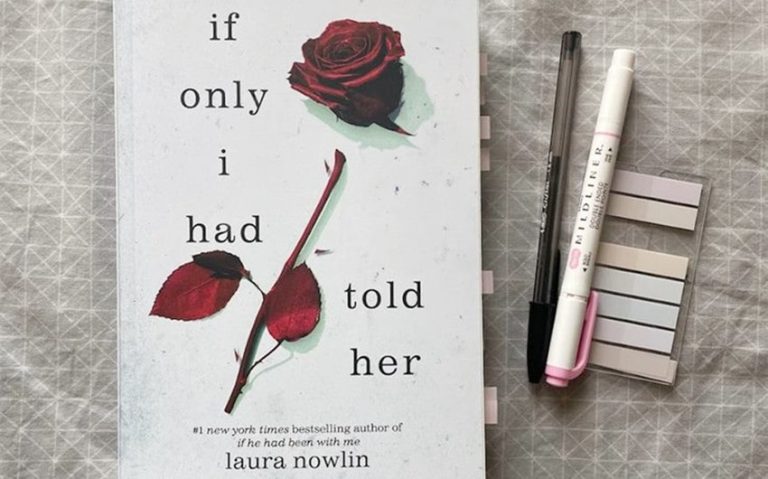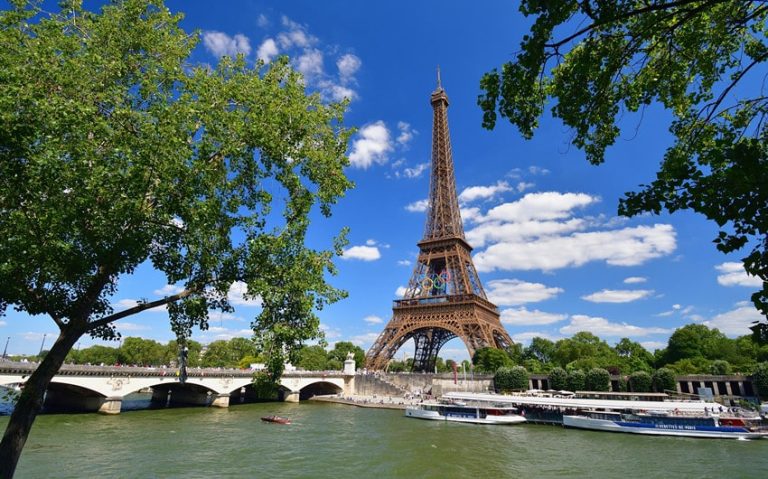Love and Loss: A Review of The Things We Leave Unfinished
In life, we all carry things that remain incomplete—unfinished conversations, unresolved emotions, and dreams we haven’t chased. The Things We Leave Unfinished taps into these very real human experiences, blending a moving romance with a story of loss and second chances.
Through a mix of past and present, this book captures the heartache of unfinished business while reminding us that sometimes, closure can take unexpected forms. Whether you’re a fan of love stories or simply seeking something heartfelt and thought-provoking, this novel offers a touching reflection on life’s incomplete moments and the healing power of love.
Plot Summary

Image source: Pinterest
The Things We Leave Unfinished follows the intertwined stories of Georgia Stanton and Noah Harrison. Georgia, fresh from a broken engagement, returns to her grandmother’s estate to heal and make sense of her life.
There, she stumbles upon an unfinished manuscript written by her late grandmother, Scarlett, a love story set during World War II. As Georgia immerses herself in Scarlett’s history, she crosses paths with Noah, a bestselling author eager to complete the manuscript.
The novel alternates between the present-day connection between Georgia and Noah, and the historical romance of Scarlett and Jameson, two lovers separated by the war.
Through these dual timelines, the characters’ lives and relationships unravel, revealing the emotional weight of unfinished love, unresolved conflicts, and second chances. The past and present collide as Georgia and Noah find themselves not only working on a book but also confronting their own emotional scars.
Exploring the Themes of Unfinished Business
At the heart of The Things We Leave Unfinished is the idea that life often leaves us with loose ends. Whether it’s unspoken words, broken relationships, or incomplete personal journeys, the novel explores how these unfinished elements shape us.
Scarlett’s love story with Jameson is a powerful reflection of how war can leave relationships incomplete, while Georgia’s struggles mirror the modern-day reality of unresolved emotions after loss.
The theme of unfinished business also extends to personal growth. Both Scarlett and Georgia must come to terms with their pasts to move forward. The book paints a poignant picture of how the things we leave unfinished—whether by choice or circumstance—linger in our hearts, influencing future decisions and relationships.
Ultimately, the novel suggests that while some things may remain incomplete, it is possible to find healing and closure in unexpected ways. This message resonates with readers, offering hope for those grappling with their own unfinished stories.
Character Development
The Things We Leave Unfinished showcases rich character development through the dual timelines of Scarlett and Georgia. Scarlett, as a young woman during World War II, starts out as someone full of life and love, deeply in love with Jameson.
However, as the war progresses and challenges arise, her character is shaped by the pain of separation and the burden of uncertainty. Through her letters and story, readers witness her growth from an innocent young woman into someone resilient and self-sufficient, shaped by the struggles and sacrifices of the war.
Scarlett’s emotional journey is about finding strength in loss and rediscovering hope despite the odds.
Georgia, on the other hand, is a modern woman grappling with her own heartache and unresolved issues. Recently broken-hearted and feeling lost, she initially comes across as guarded and unwilling to open herself up again to love. But as she connects with her grandmother’s unfinished story, Georgia’s journey mirrors her personal transformation.
Her interactions with Noah force her to confront her emotional walls and insecurities. Slowly, she evolves from a woman who is avoiding love and vulnerability to one who is willing to take risks and allow healing into her life. Her character development reflects the process of learning to trust again after experiencing loss and heartbreak.
Noah’s character also plays an essential role in the development of the novel’s themes. At first, he’s portrayed as the confident, successful author, seemingly out of touch with the emotional depth of Scarlett’s unfinished manuscript.
However, as he becomes more involved with Georgia and her grandmother’s story, his own vulnerabilities surface. His initial goal of completing a bestseller turns into a more personal mission, as he develops a deeper emotional connection to both Georgia and the story they’re working on.
Noah’s journey is about moving from ambition to empathy, realizing that love, both on and off the page, is never truly finished.
Romance and Historical Fiction Elements
The Things We Leave Unfinished masterfully blends romance with historical fiction, creating a rich, dual love story that spans both time and emotional depth. Scarlett and Jameson’s wartime romance is full of tension and passion, set against the backdrop of World War II.
The historical elements add weight to their love story, highlighting the real-life struggles of separation, danger, and uncertainty that wartime relationships faced. The era’s details—war letters, air raids, and military service—are woven into the romance, enhancing the emotional intensity of their bond.
In contrast, Georgia and Noah’s modern romance unfolds in a more familiar setting, but their connection is layered with emotional complexity. Both characters are dealing with past wounds and unresolved issues, making their love story about healing and vulnerability.
The contrast between the passionate, high-stakes love of Scarlett and Jameson and the slow-burn, hesitant romance of Georgia and Noah brings balance to the novel. By merging historical romance with contemporary struggles, the novel highlights the timelessness of love—across eras and circumstances—while also illustrating how past relationships can impact present-day emotions and decisions.
This blend of romance and historical fiction adds depth to the narrative, making it more than just a love story. It becomes a reflection on how time and circumstances shape relationships and how love, whether it’s from the past or the present, often remains unfinished yet powerfully enduring.
Writing Style and Structure
Rebecca Yarros’ writing style in The Things We Leave Unfinished effectively bridges the gap between historical fiction and contemporary romance. She alternates between two timelines—World War II and present day—creating a dynamic narrative that keeps readers emotionally invested.
Her vivid descriptions of wartime life immerse the reader in Scarlett and Jameson’s love story, while Georgia and Noah’s modern-day journey feels relatable and current. The use of letters between Scarlett and Jameson adds a personal and intimate touch, allowing readers to feel the deep connection between the characters.
This dual structure also serves to highlight the novel’s central theme of unfinished business, with the past shaping the present in meaningful ways. The writing seamlessly moves between the two timelines, maintaining suspense and emotional depth while revealing how the characters’ stories are connected.
Reader Impact and Emotional Takeaways
The Things We Leave Unfinished leaves a profound impact on readers by addressing deeply relatable emotions—unresolved relationships, loss, and the yearning for closure. Scarlett’s love story during World War II pulls readers into a world of separation, sacrifice, and enduring hope, while Georgia’s present-day struggles with heartbreak and healing feel modern and familiar.
The novel reminds readers that unfinished business, whether in love or life, often lingers in our hearts and shapes our future. Through the characters’ journeys, the story suggests that while some things may never fully resolve, healing and new beginnings are still possible.
This emotional depth encourages readers to reflect on their own lives, offering a message of hope and redemption—no matter how unfinished our own stories may be.
Featured image: Pinterest







